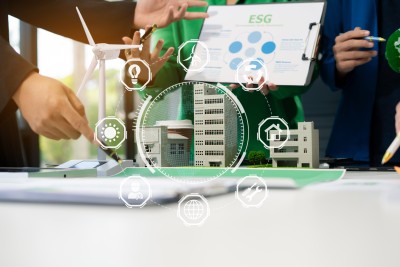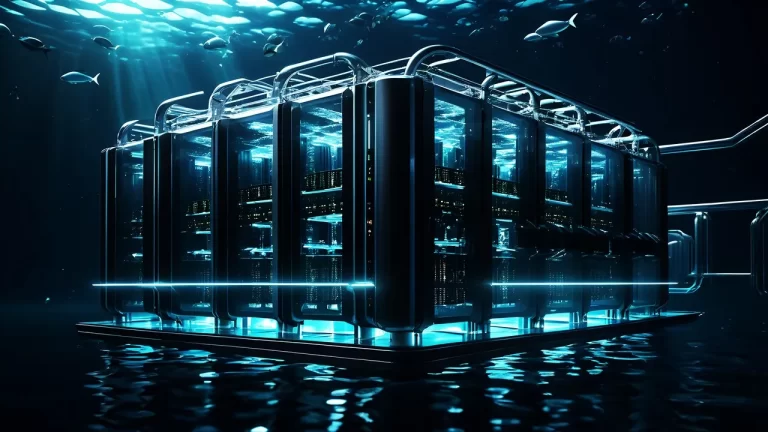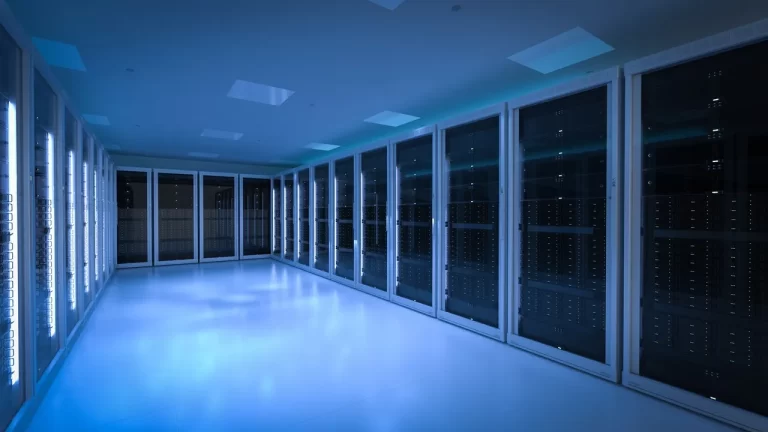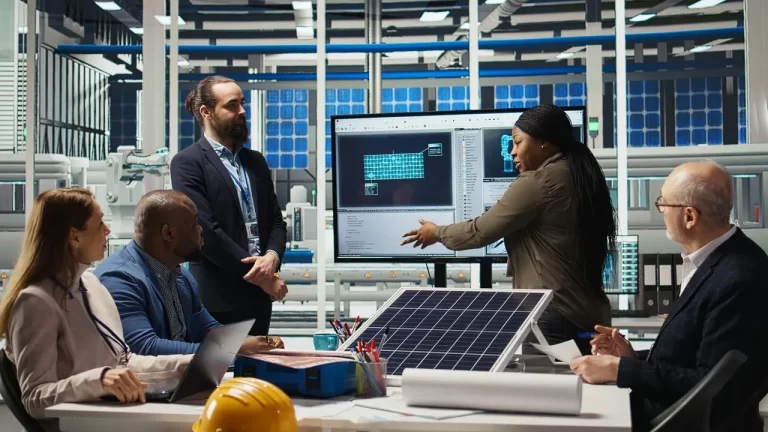Introduction
Data centers currently represent around 1% consumption of global electricity, An amount expected to grow as the need for cloud services and data storage surges. Data centers serve as the framework of the digital economy, hosting websites, applications, and various cloud services. On the other side, their huge energy consumption presents Major environmental issues. To deal with these issues also to ensure sustainability, Implementing renewable energy into data center operations is not only a necessity; it represents an essential opportunity to lead the way toward a low-carbon future.
The Energy Challenge of Data Centers
Global data center energy consumption has reached around 200 terawatt-hours (TWh) per year which is Similar to the energy use of some mid-sized countries. This heavy Energy dependence particularly on fossil fuels leads to significant carbon emissions that add to climate change. In response to these environmental Issues, governments and organizations are promoting the adoption of Renewable energy around the world.
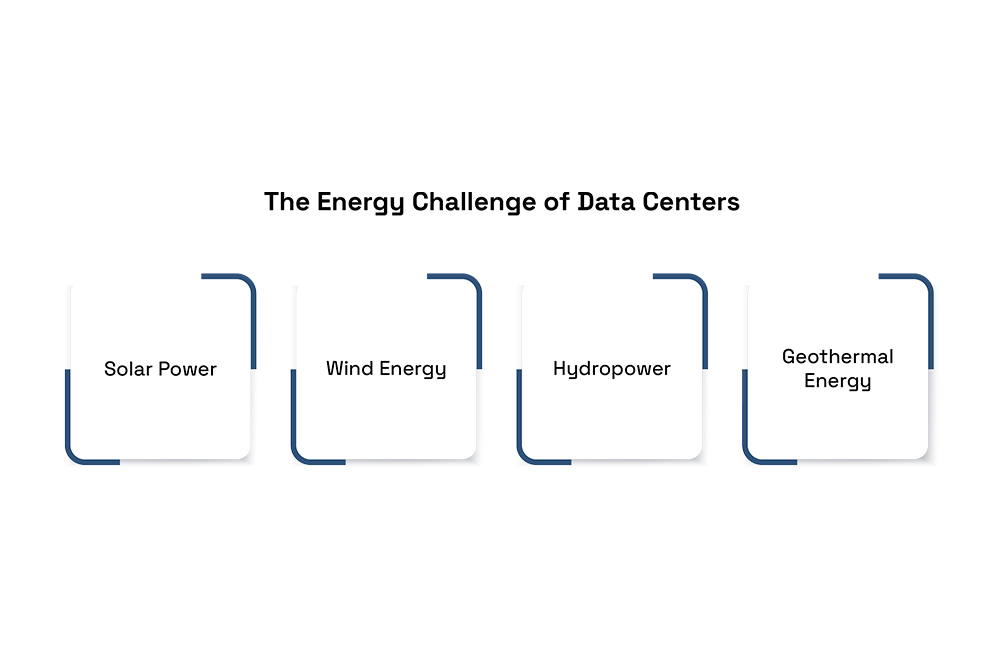
Types of Renewable Energy Solutions
Solar Power:
Many data centers are looking for renewable energy sources to power their operations. For instance, Apple’s data center in Arizona runs Totally on solar power, using solar farms to meet its energy needs.
Wind Energy:
Data centers of Amazon use wind energy while entering into power purchase agreements (PPAs) with wind farms.
Hydropower:
In countries like the Nordics, data centers located near water sources take advantage of hydropower and provide clean and reliable electricity.
Geothermal Energy:
Google is exploring the endeavors of geothermal energy in Nevada, using the Earth’s heat to power its data center.
Hybrid Approaches:
Data centers are Accepting hybrid approaches that combine solar, wind, and battery storage, Providing a stable energy supply even during high-demand times or Uncertain weather conditions.
Strengths of Introducing Renewable Energy
Shifting to renewable power sources could significantly lower the 40 million metric tons of carbon dioxide (CO2) that data centers currently emit each year. Also to the environmental benefits, the economic advantages are compelling, as the costs of renewable energy have dropped dramatically in recent years.
In certain areas, solar and wind energy are now cheaper than many fossil fuel options. Data Center Companies that adopt green initiatives also enjoy a boost in brand reputation, gaining increased trust and loyalty from customers who care about the environment. Moreover, utilizing renewable energy makes it easier for organizations to comply with regulations, including the EU’s Green Deal and other regional mandates promoting renewable power use.
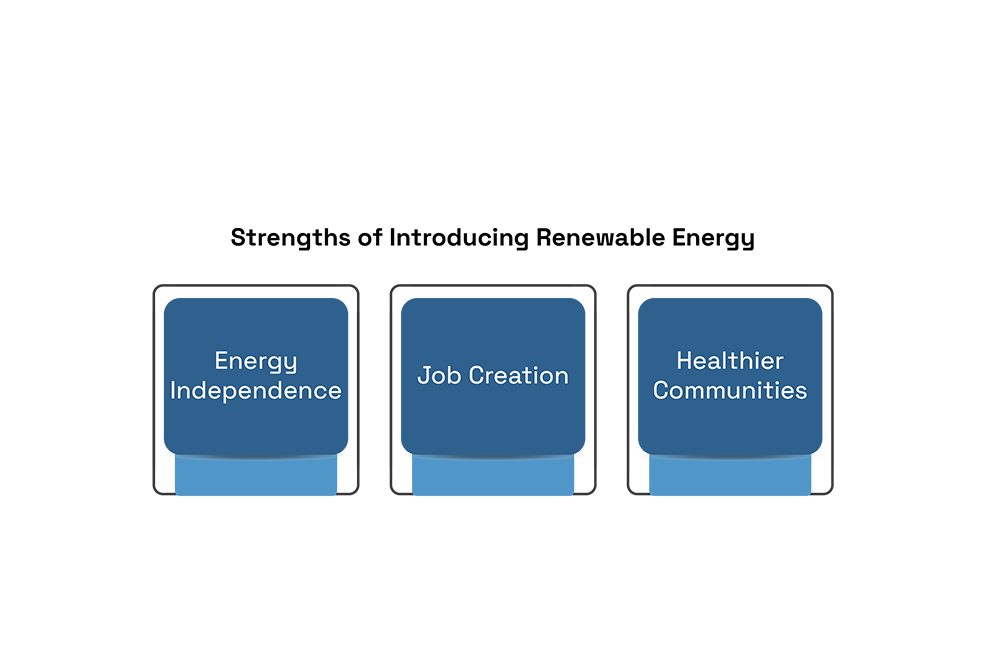
Difficulties to Renewable Energy Implementation in Data Centers
The underlying spending costs for renewable energy can be high, but there are ways of lessening these costs through power buy arrangements, government subsidies, and tax credits. To make the most of renewable energy, data center companies are also using energy storage solutions, such as Tesla’s Powerpacks or flow batteries, to store excess energy for later use. However, there are challenges related to grid limitations, so businesses need to work with service organizations to redesign the electrical framework and better incorporate sustainable power sources. Also, scalability issues can be addressed by using modular solutions and microgrids, which allow for the gradual integration of renewable energy into previous systems.
Strategies for Implementation
To further develop energy productivity and integrate renewable energy, it’s critical to direct point-by-point energy reviews that recognize open doors for development. Forming organizations with environmentally friendly power suppliers can assist with getting long-haul contracts for efficient power energy, guaranteeing a dependable stock. Companies can also choose between on-site solutions, like installing solar panels, or off-site options, such as using wind farms, to meet their energy needs more flexibly. Upgrading technology is another key step; replacing older servers with energy-efficient models that meet Energy Star standards can significantly reduce energy consumption. Additionally, implementing smart energy management systems powered by artificial intelligence can optimize energy use and minimize waste, especially during off-peak hours.
The Future of Data Centers and Renewable Energy
Arising technologies, including perovskite solar cells and solid-state batteries, can
revolutionize energy efficiency in the coming years. As guidelines develop, future policies may require companies to achieve carbon neutrality, and that implies that embracing environmentally friendly power right off the bat could give an upper hand. If major players in the tech industry embrace renewable energy, they could make a significant contribution to global climate goals, helping to combat climate change on a larger scale.
Conclusion
In conclusion, using renewable energy in data centers is a smart & necessary way to reduce their effect on the environment. Businesses, government leaders, & energy organizations need to collaborate & speed up this change. By doing so, we can imagine a future where our digital economy grows with clean & sustainable energy, promoting progress while protecting our planet for future generations. This teamwork is important for creating a healthier & more eco-friendly world.

